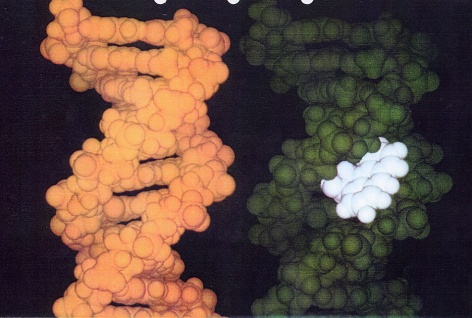If you saw a photo like this would you consider it child abuse?
Or how about this one?
Now consider the effects that smoke has on young lungs?
Now consider that wood smoke has many of the same harmful chemicals that tobacco smoke has and that some studies say that woodsmoke is even more harmful than tobacco smoke. Then it is easy to say that this is what wood smoke is doing to young lungs and that it too is a form of child abuse.
And this is therefore also a form of child abuse:
And this is also a form of child abuse:
There are no proven safe limits of particulate pollution. It harms at all concentrations. It harms the young. It harms newborns. It harms the yet to be born. It harms the old. It harms everyone.
It is completely immoral to burn wood if a child is going to be breathing in the smoke. It is completely immoral to burn wood if anybody is going to be breathing in the smoke. If you don’t agree then you do have the morals of someone who deliberately harms children and what kind of person would deliberately do that?
***
Whilst you are here read some of the other highlights of this blog:
About the wishy washy anti pollution messages that governments put out: We need to get though to the stupid people.
On how wood burning ruins an entire country :100% Polluted New Zealand
How swapping out old woodburners with new woodburners fails in the real world : Hey Central Otago, What’s Plan B?
How companies are selling rubbish products pretending they’re clean and green:Smartburn and Fluecube.
How many people die because of woodsmoke pollution every year in New Zealand : 2306 Dead.
How cities can and should ban wood burning : Woodburners banned in new Canberra suburbs.
What chemicals are in woodsmoke: What’s in woodsmoke.























